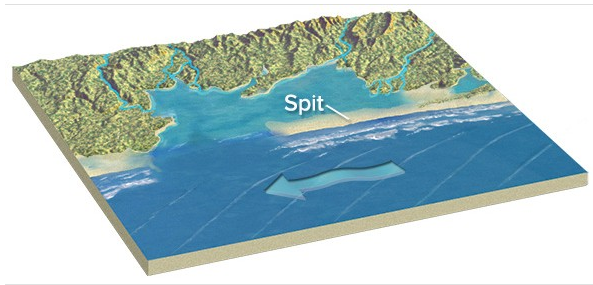In addition to salt, what were the most valuable commodities in the trans-Sahara trade from the eleventh through fifteenth centuries?
a. iron and yams
b. hardwood and ivory
c. gold and slaves
d. kola nuts and malaguetta peppers
Answer: C. gold and slaves
By the end of the 5th century, Berbers were routinely traveling across the Sahara to trade salt and other goods to the African states in Sudan, Mali, Ghana, and elsewhere in western Africa. In exchange, they received gold, which the sub-Saharan African states had in abundance. Indeed, travelers to these early African states have left accounts of plentiful quantities of gold decorating sub-Saharan African courts, homes, and people, from gold-embroidered clothing, swords, and scabbards, to even gold pet accessories! After acquiring the gold, the Berbers traveled back across the Sahara to trade the gold back to Mediterranean and North African traders
You might also like to view...
Manchester, England and Chicago, USA are both good examples of
A) shock cities. B) gateway cities. C) megacities. D) colonial cities. E) informal cities.
Which way is the current moving along this coastline?

A) Out to sea
B) In toward the coast
C) From right to left
D) From left to right
"Compared to other ground water, the rate of the Cape Cod experiment area, 0.43 meters per day, is probably faster than average." Evaluate this statement
A) This is true. The Cape Cod aquifer is made of relatively porous unconsolidated gravel and sand. B) This is false. Other aquifers might flow as quickly as 0.5 meters per second. C) Aquifer flow cannot be estimated without repeating a similar experiment in other areas. D) This is true. The Cape Cod aquifer has a much steeper slope than average.
Sulfur trioxide
A. Is a secondary pollutant B. Reacts with water to form sulfuric acid C. Is a major component of acid rain D. Is formed by the oxidation of sulfur dioxide E. All of these are correct